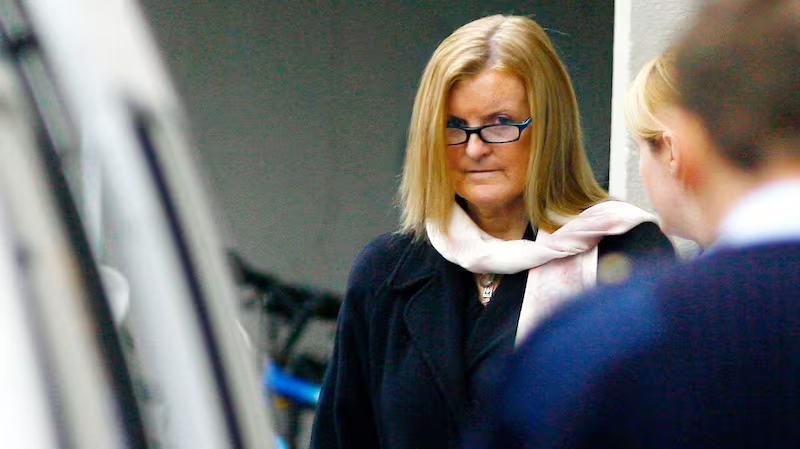It was in October 2016 that I received a call informing me that Catherine Nevin had been diagnosed with cancer, that she had been given months to live and would like to talk to me about writing an article about her.
Obviously, the first thing I did was to phone Catherine to see how she was. I was shocked as she had sounded so full of life, energy and hope when we last spoke the previous August. This time, she told me that she was finished and that she had been given the option of treatment to extend her life but wasn’t sure whether or not she was going to take it.
It was at this point that Catherine and I discussed the type of article I might write. We used to joke about me helping her to write her autobiography when she was released from prison, so this request wasn’t a surprise to me. However, I wanted to be careful from my own professional point of view as I didn’t want to write anything sensational and knew that this was a situation that required the utmost sensitivity and care.
Within days, the news of Catherine’s illness broke in one of the tabloid newspapers. For the ensuing days she was portrayed as a “callous killer” in articles that led with headlines announcing a range of possible illnesses from brain tumours to breast cancer.
Lack of humanity
I was shocked at the lack of humanity displayed by these headlines as news that Catherine was seriously ill became known. The fact that both her illness and her crime were merged in such a judgmental fashion seemed to imply that she deserved what she got. Words to describe her as evil and notorious alongside reports of her illness were shocking to me and highlighted the depraved lengths that some newspapers were prepared to go just to sell a story.

I tried again to contact Catherine but couldn’t get through to her obviously she had been taken out of reach due to the newspaper reports. My disgust at how Catherine was being treated by the press meant that I decided to go ahead with my article about my personal experience of Catherine as my student and ultimately friend and how I felt she could have made a positive contribution to society after her release from prison. I spoke about the importance of education as a tool of rehabilitation for someone in her position and her plans to work with female prisoners after her release.
Catherine and I had never discussed her case and so I focused on my experience of Catherine the person in that article which was published in the Weekend edition of The Irish Times in November 2016. I had been told that Catherine had been put in my class as it was felt that I had experience of dealing with the media and would be able to handle any possible unwelcome media attention. Unfortunately, there were some who believed that I had provided that unwelcome attention with my article in The Irish Times.
Hateful accounts
However, I was incensed by the hateful accounts of Catherine and the inhumane treatment she was being subjected to at a time when she was trying to come to terms with the shock of her diagnosis.
It was far too easy to kick her when she was down; the notorious 'Black Widow' was providing more tabloid fodder for those who were only too happy to exploit a tragedy which they saw was of her own making
I felt that someone had to say something positive and I was determined that Catherine’s story would not remain one dimensional. It was far too easy to kick her when she was down; the notorious “Black Widow” was providing more tabloid fodder for those who were only too happy to exploit a tragedy which they saw was of her own making.
There are those who have criticised what they see as my wanton disregard for the family of Tom Nevin in my portrayal of Catherine. However, my heart goes out to that family for what they must have gone through all these years.
What they don’t need right now are more salacious headlines raking up the heartbreak of the past. They too deserve the right to find healing and peace. Perhaps Catherine’s death will provide the necessary sense of closure for everyone concerned.
Recently, I was clearing out some files in my study when I came across a paper collage of a peacock that Catherine had made for me while she was in prison. Despite the fact that it had been buried beneath a pile of journals and had fallen down behind a shelf, it was still perfect. This fragile object had retained its shape, none of the glued on sequins had fallen off and none of the paper had been bent or torn.
When I think of Catherine it will be as a fragile creature who despite everything that life threw at her remained hard-working, determined, caring and fun. Did she do it? I don’t know and to be honest, I don’t think I ever want to. That wasn’t who she was to me.
Derek Byrne teaches on the addiction studies programme at Maynooth University and came to know Catherine Nevin when she attended his classes. He is station manager at 92.5 Phoenix FM








